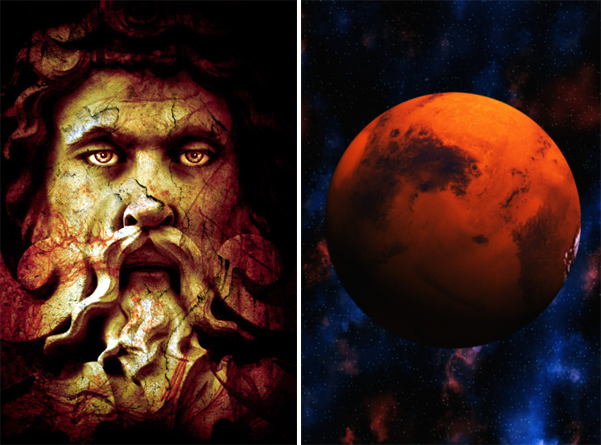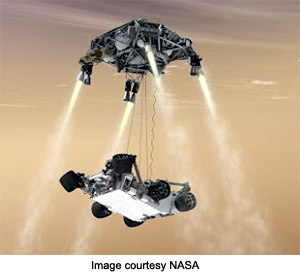Dec 28, 2025
Dec 28, 2025

 The Rover enabling the Curiosity to land at Gale Crater is the most sophisticated exploration vehicle that ever visited Mars. It is designed to survey the Martian landscape, analyse the rocks and search for signatures of water under the Martian surface. The world waits for the exploration with a throbbing heart. It is a £1.6bn mission, the costliest ever known in the history of space exploration.
The Rover enabling the Curiosity to land at Gale Crater is the most sophisticated exploration vehicle that ever visited Mars. It is designed to survey the Martian landscape, analyse the rocks and search for signatures of water under the Martian surface. The world waits for the exploration with a throbbing heart. It is a £1.6bn mission, the costliest ever known in the history of space exploration.
05-Aug-2012
More by : Dr. Ratan Bhattacharjee